EU regulators kept Apple's latest innovation on ice, but the thaw starts now. After months of back-and-forth, Apple's Live Translation feature for AirPods is finally headed to European users, a reminder that product launches now zigzag through law as much as they do code.
The translation capability turns your AirPods into real-time interpreters in conversation, in your ear and on the fly (WebProNews). It was first announced in September 2025 (with Apple's iPhone/Apple Intelligence rollout), but EU users were left out over compliance concerns tied to the Digital Markets Act, the EU rulebook aimed at large tech "gatekeepers" like Apple (WebProNews).
The twist, and it stung, is that the tech worked. The pause was not about bugs or half-built features, it was a regulatory chess match that showed how shipping now depends as much on compliance as on engineering.
Why the EU got left behind initially
The sticking point was the DMA's strict stance on data privacy and interoperability (WebProNews). Passed in 2024 to promote fair competition, the law puts rigid obligations on major platforms, research from WebProNews indicates. Being tagged a "gatekeeper" comes with baggage, and Apple has already felt it, including fines and pressure to open parts of its ecosystem (WebProNews). It was among the first to be penalized after the DMA took effect, with a 500 million euro fine in an app store case (Fortune).
Live Translation added another wrinkle. The feature leans on Apple's H2 chip and tight iOS integration, which raised flags for interoperability and privacy compliance (WebProNews). Under DMA rules, Apple would need to make the translation capability work with competitors' wireless earbuds before offering it to EU users (Fortune). That also meant keeping conversations private when used with non-Apple gear, a tough technical and security brief (Fortune).
No wonder people were annoyed. The delay was not about safety or quality, it was about making the feature interoperable without watering down Apple's security standards.
How the technology actually works
Here is the simple version. AirPods capture speech with their microphones, the iPhone processes it with Apple Intelligence, then you hear the translation in your chosen language, fast enough to keep a normal back-and-forth going (WebProNews). The feature works with AirPods Pro, 2nd generation, AirPods Max, and the new AirPods 4 with Active Noise Cancellation, and it requires iOS 18 or later on iPhone 12 and newer models (WebProNews).
At launch, the system supports nine languages, with room to grow (WebProNews). The initial roster includes English, UK and US, French, German, Portuguese, Brazil, and Spanish, Spain, according to Electropages (Electropages). Support for Mandarin, Simplified and Traditional, Japanese, Korean, and Italian is planned for later in 2025 (Electropages).
Picture it: you speak, your AirPods listen, your iPhone translates, then your earbuds talk back. The tight hardware and software loop is what made interoperability such a thorny ask under the DMA.
What changed Apple's regulatory approach
Apple moved by showing that a privacy-first design can square with DMA concerns. The company is proceeding after clarifications and adjustments to meet DMA standards (WebProNews), and it plans to deliver the feature in an iOS update by the end of 2025 (WebProNews).
The crucial point is where the work happens. Once language models are downloaded, translation is processed on-device, with no cloud transmission involved (Electropages). That design helped answer questions about data handling and privacy, while also showing the feature does not create an unfair edge just by being tightly integrated.
Apple had argued that European users were falling behind globally because it needed extra time to adapt features to evolving rules (Fortune). Navigating DMA compliance for Live Translation now serves as a template for meeting regulation without abandoning Apple's integrated approach.
In short, it was not only a technical tweak. It required a framework both sides could live with, where Apple could prove compliance and keep its security and privacy posture intact.
What this means for the future of tech in Europe
Live Translation is a case study for how features reach people now. Availability, even for headline capabilities, often tracks regulatory calendars as much as product roadmaps (Electropages). The old question, can we build this, now shares the stage with, can we build this for every jurisdiction, all at once?
This pattern is not unique to Apple. AI-enabled services are increasingly released region by region, with Europe frequently waiting longer (Electropages). For builders, wow-factor demos are not enough; legal prep and operational planning are part of the launch kit now (Electropages).
Competition gets interesting here. While Apple worked through DMA compliance, competitors such as Google's Pixel Buds already offered similar translation features in the EU. That can leave integrated ecosystems at a temporary disadvantage, even if the underlying tech feels a notch tighter.
Where does this push innovation? Toward privacy-first designs and on-device processing that slot more cleanly into regulatory expectations. Companies are already moving in that direction, and the Live Translation path shows why new features need legal thinking beside technical feasibility from day one (Electropages).
For European users, the tradeoff is clear. Sometimes the wait is longer, but the payoff is stronger guardrails for privacy and competition. Fragmented timelines can slow access even when the tech is ready to go (Electropages).
So yes, this breakthrough is more than a feature hitting your earbuds. It reads like a playbook for shipping inside Europe's evolving digital rulebook, with a few takeaways that feel durable, talk early with regulators, design for compliance from the start, and aim for privacy by design that can satisfy multiple rule sets at once.





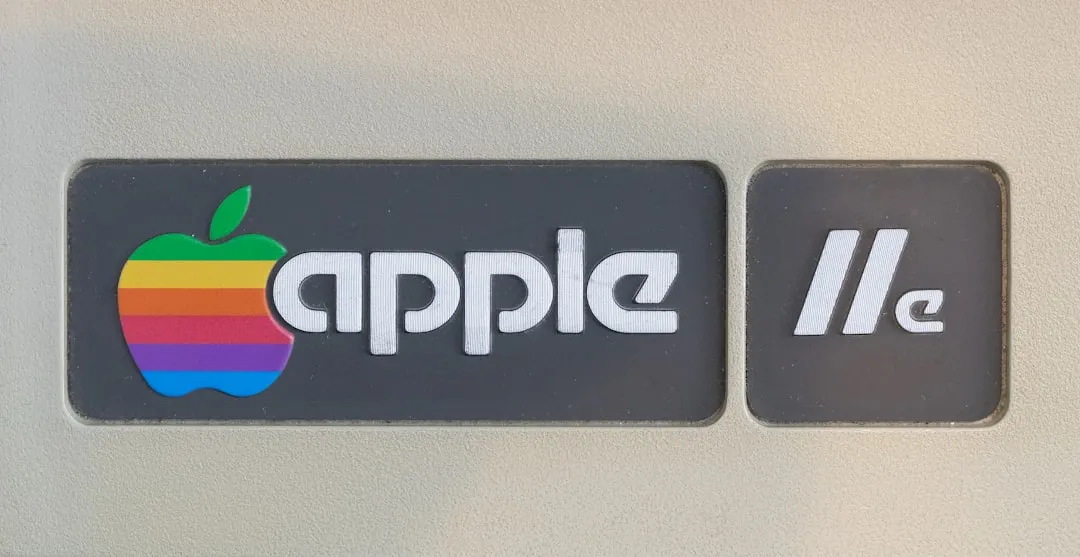


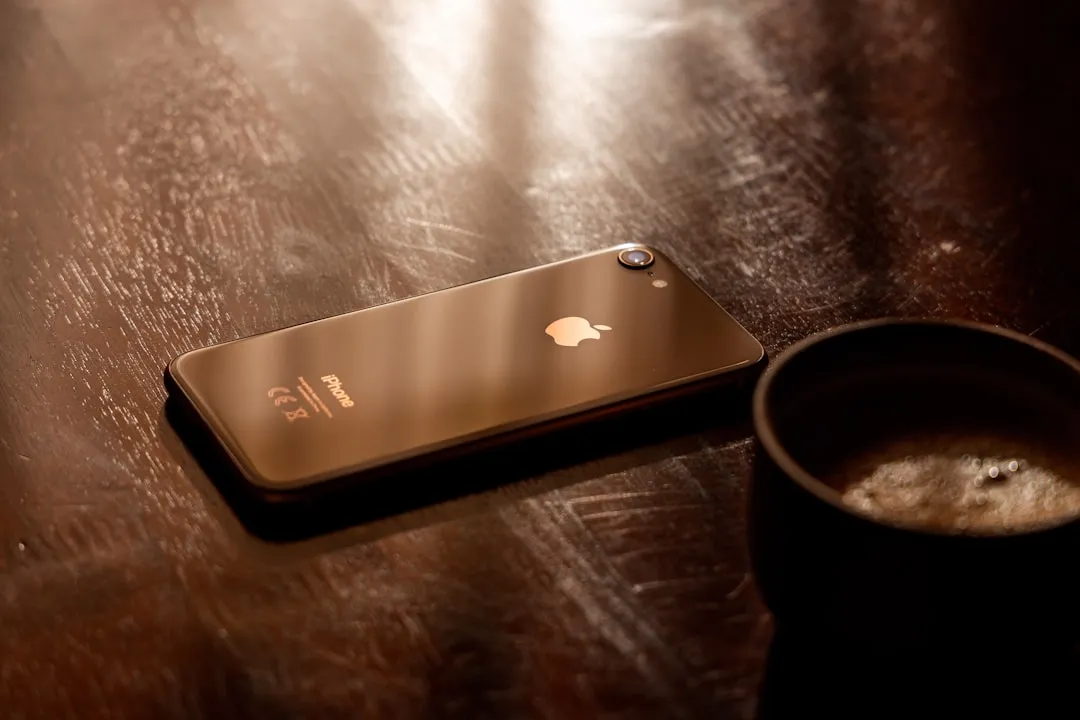
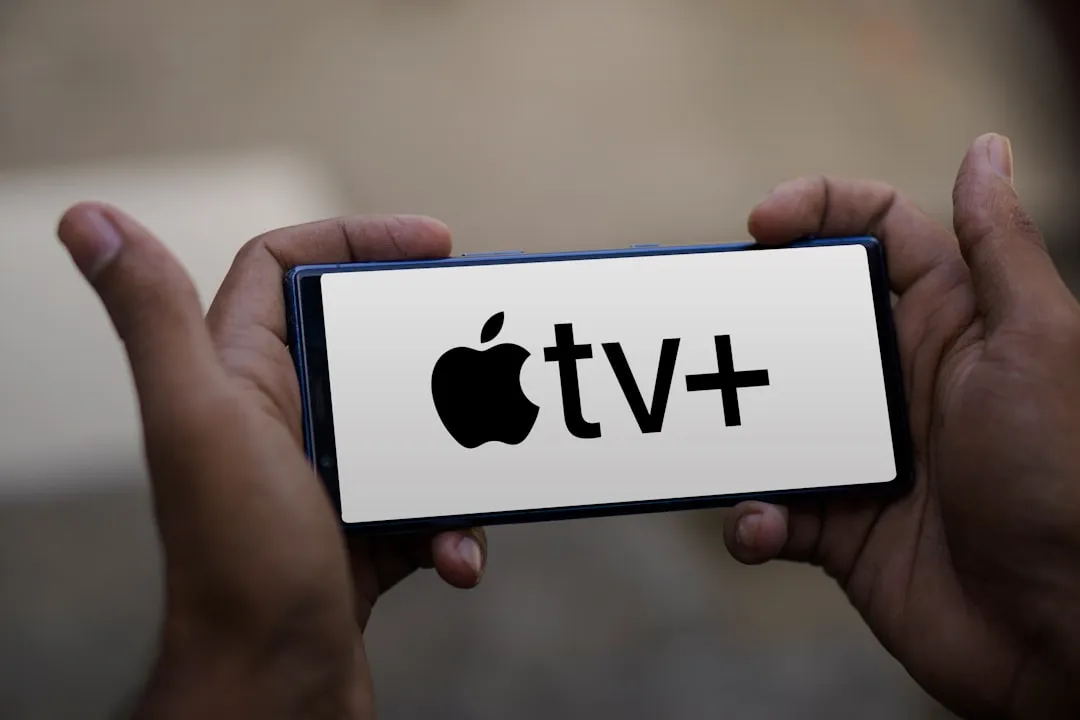
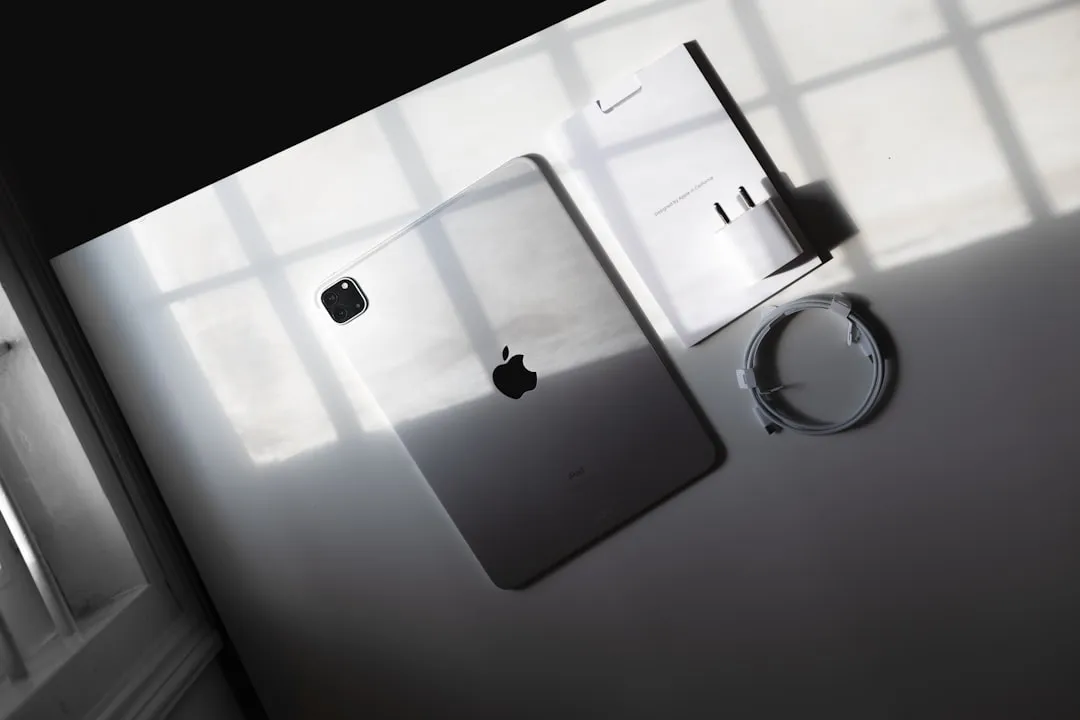


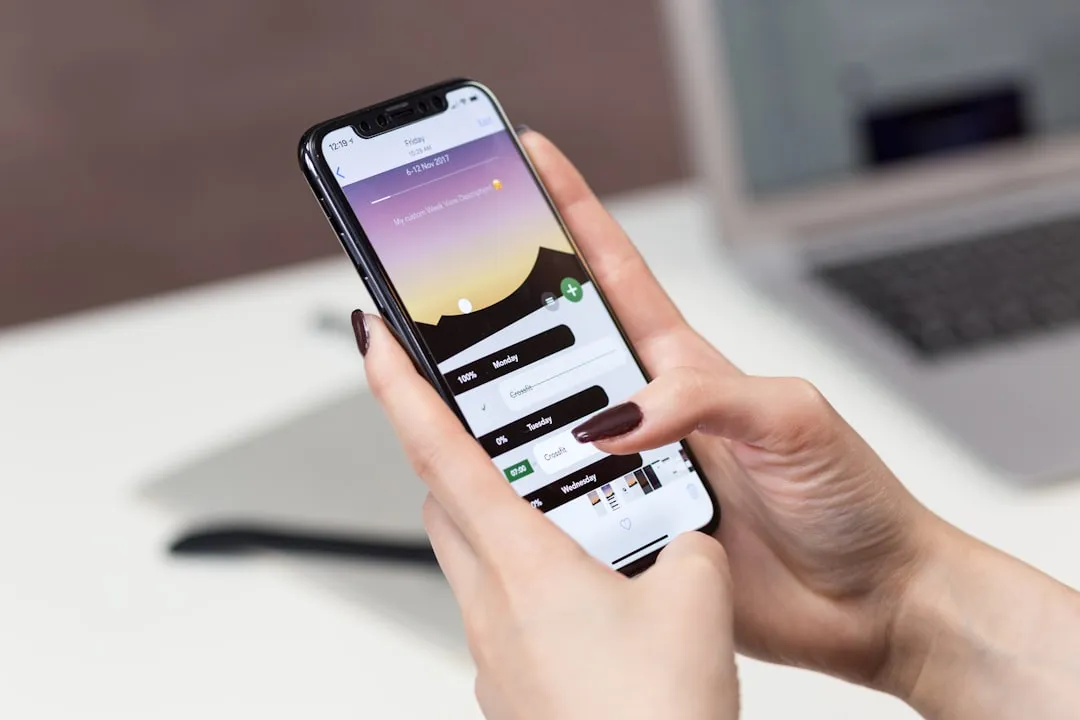

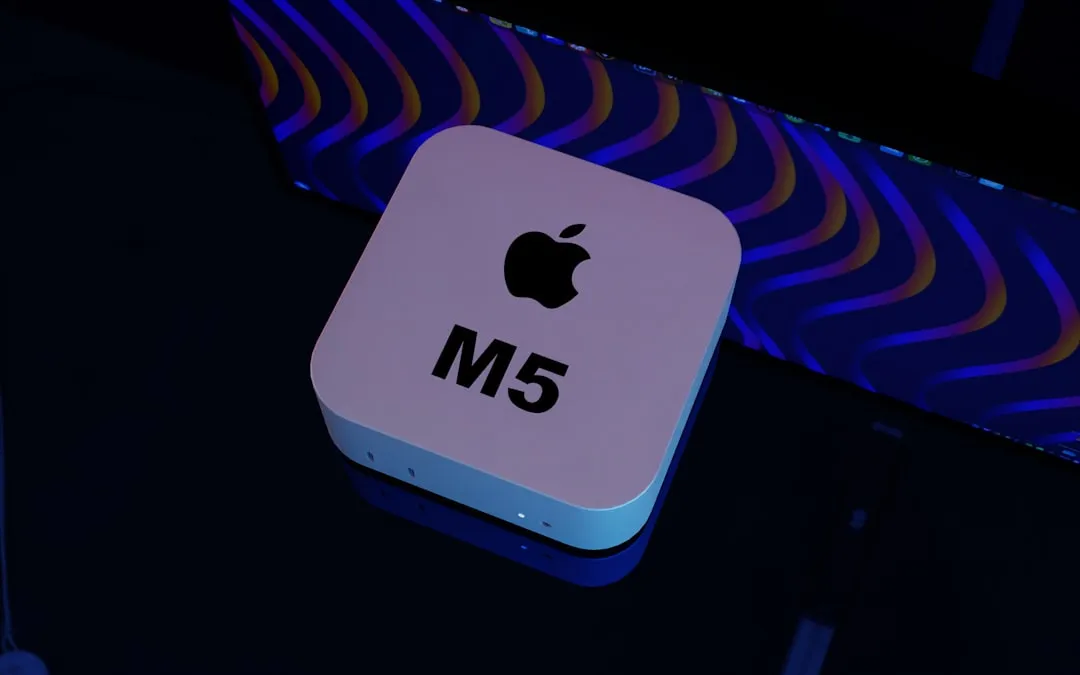
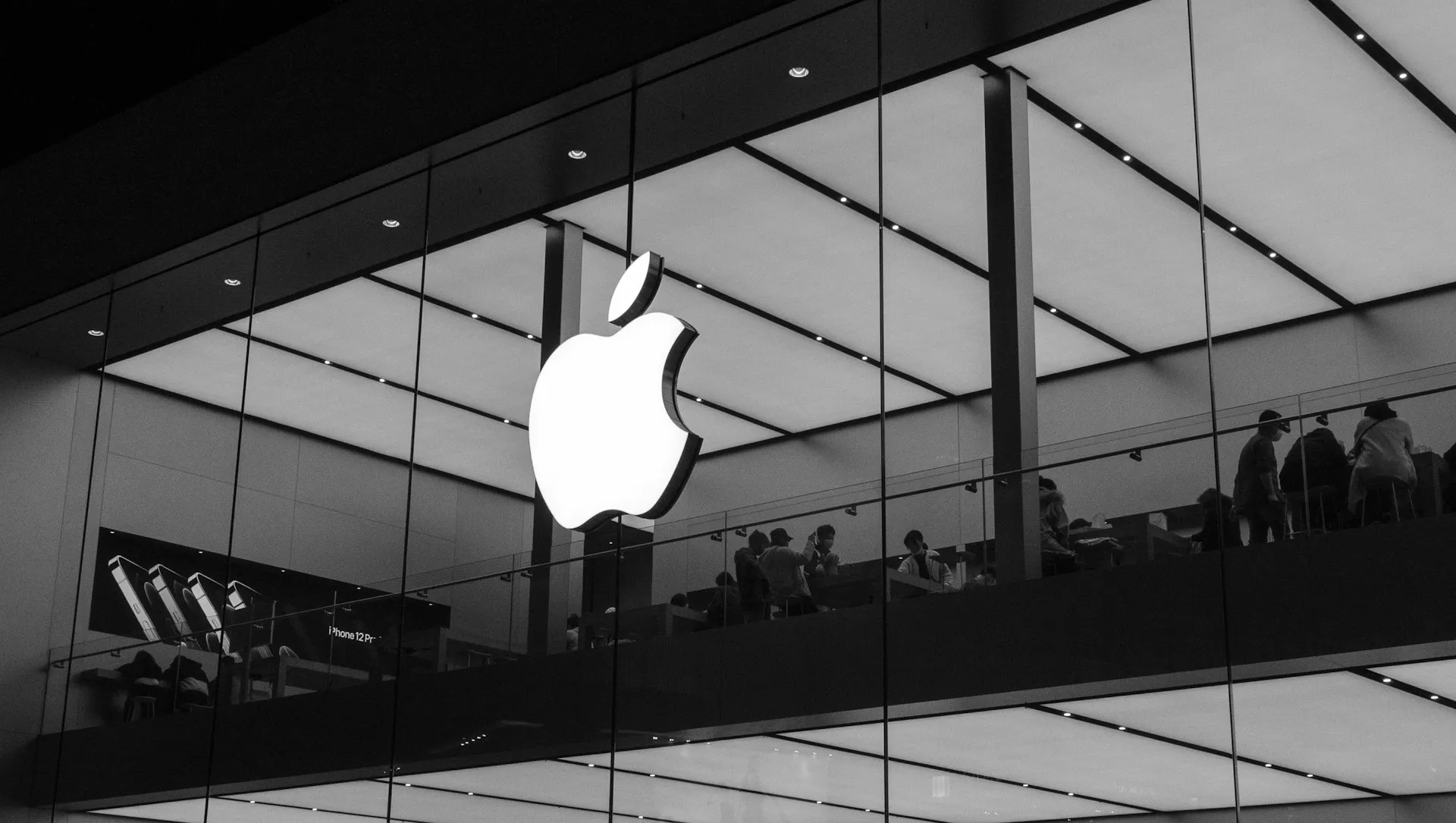

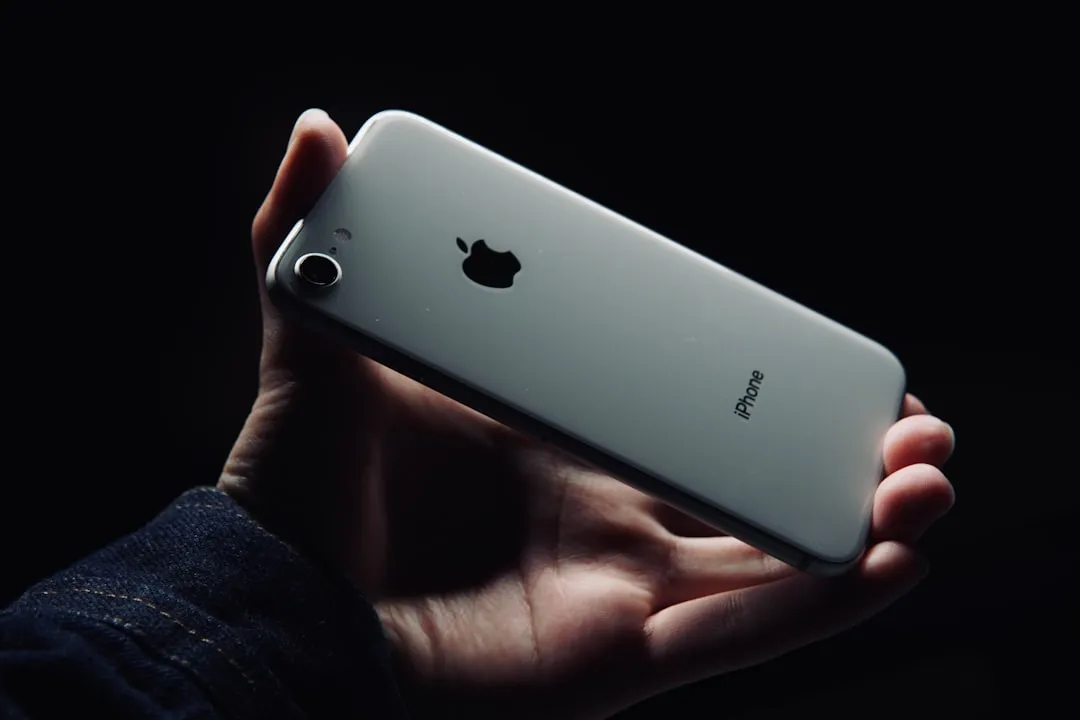

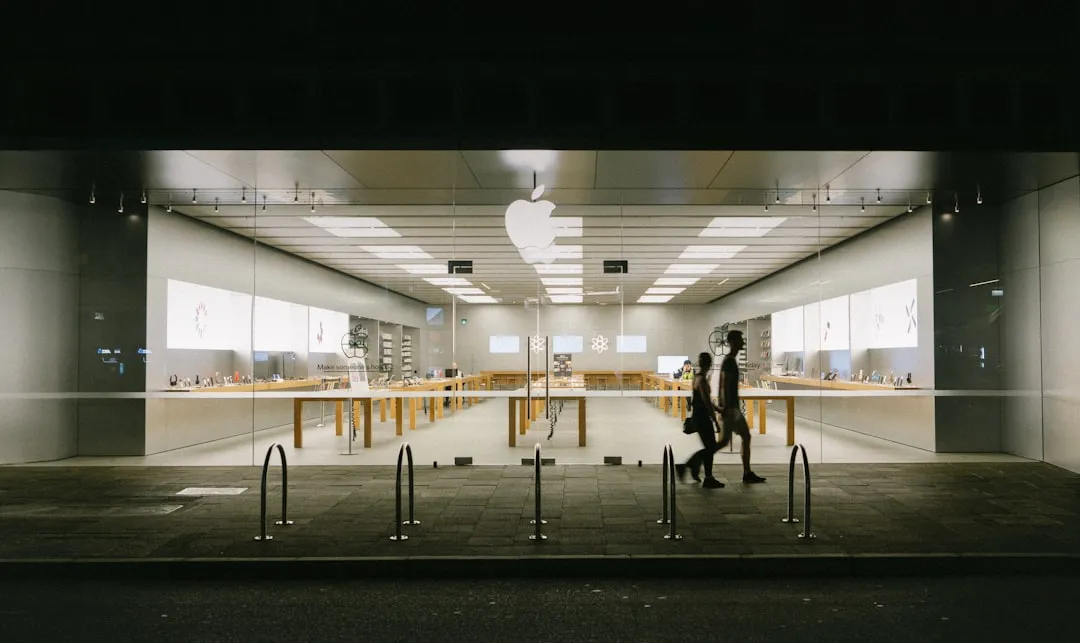

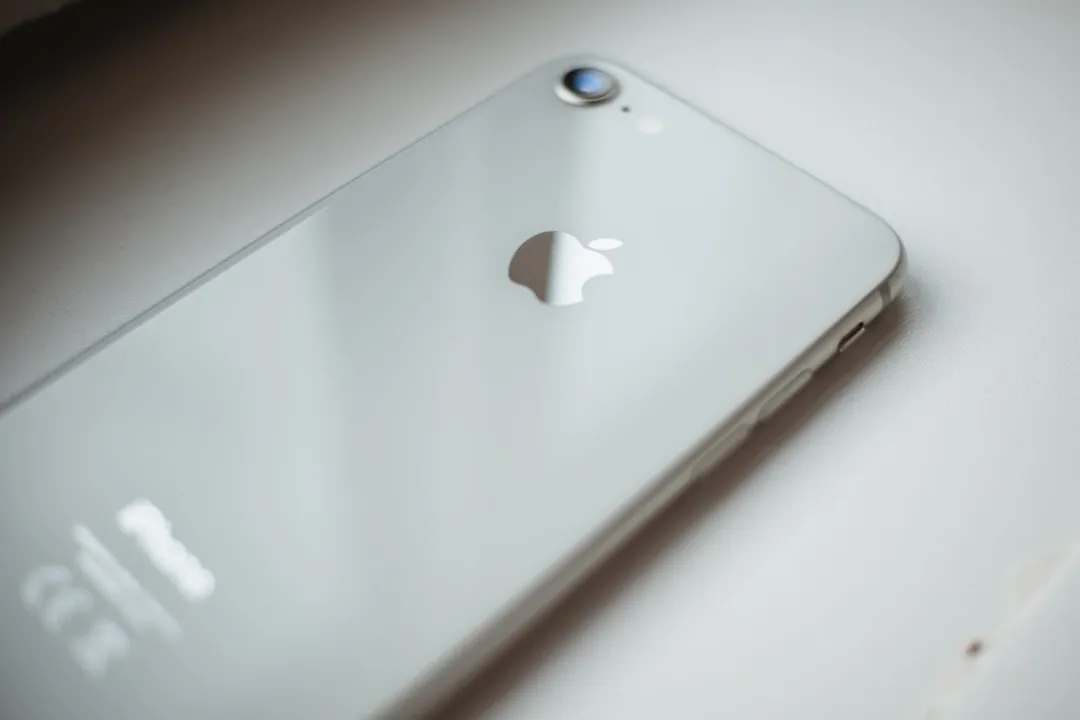
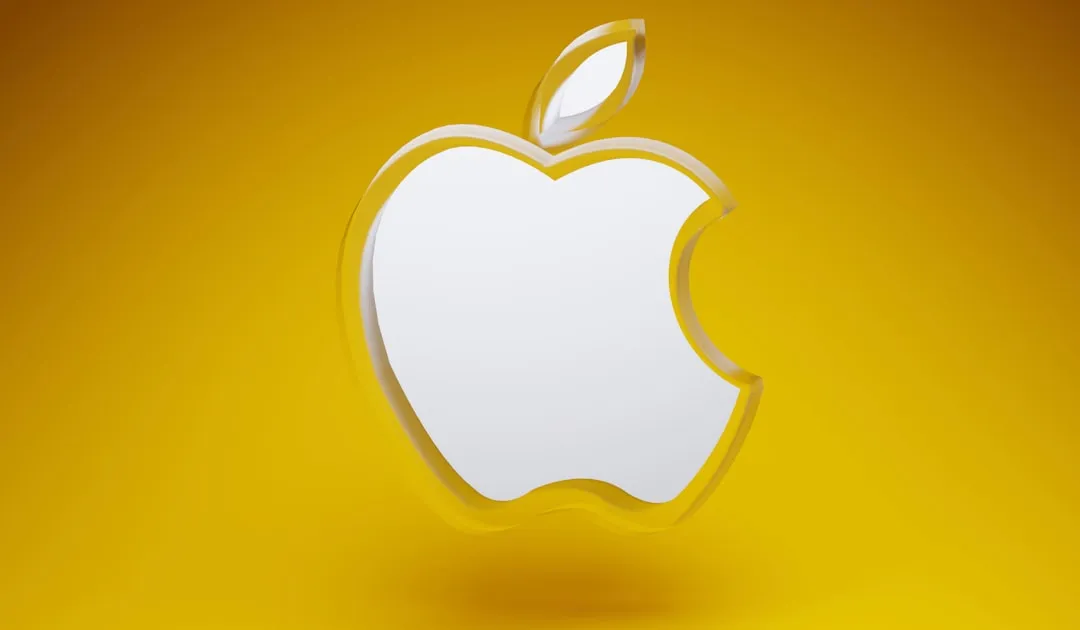
Comments
Be the first, drop a comment!